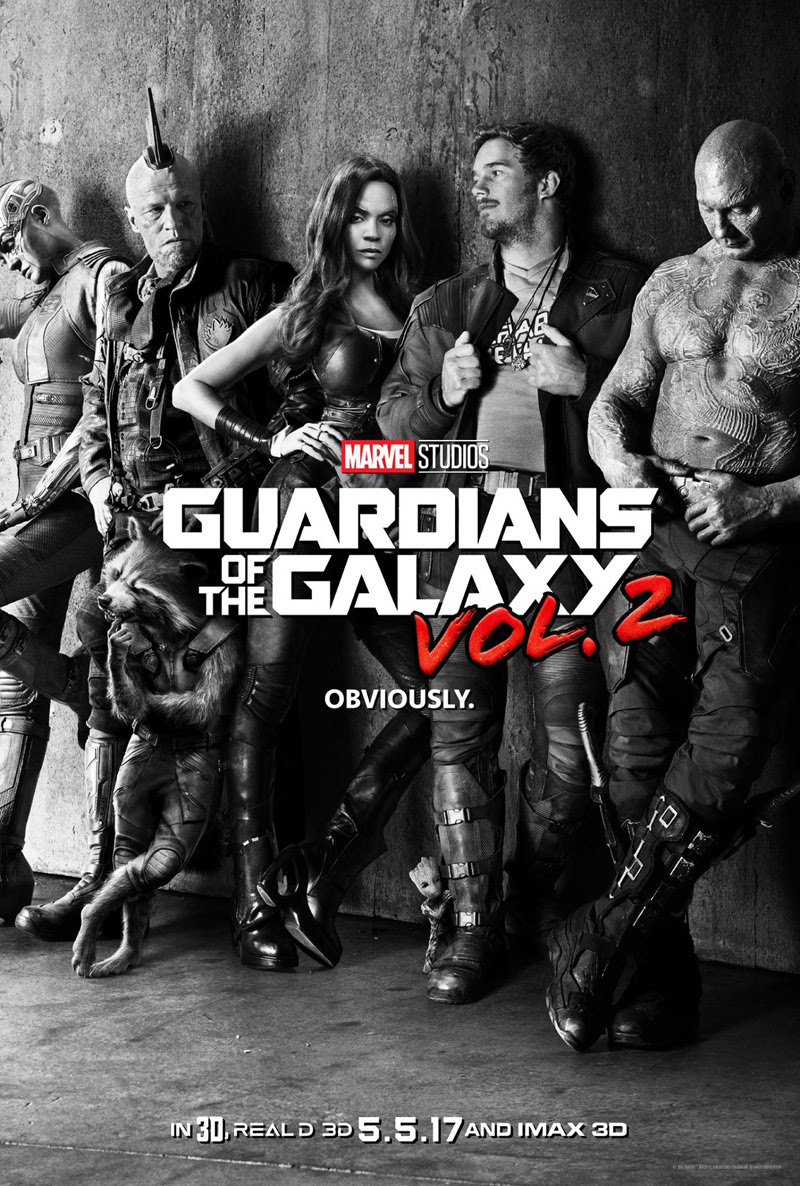

The Lego Movie, the Second Part is the follow-up to a heartfelt story of father/son bonding that adds Mom and little sis while nearly completely eliminating Dad. Actually, eliminating him completely would've been an improvement. While Dad evolved from an uptight workaholic in the first film, this time around he's been relegated to an absentee father (despite living with the rest of the family) who apparently would rather play golf than spend time with the kids.
While Finn (and his avatar Emmet Brickowski) was the hero to Dad's villain (via his avatar President Business) in the first movie, five years later, Finn (and Emmet's alter-ego, Rex Dangervest) is the villain. Even more confounding, Rex is an obvious amalgam of star Chris Pratt's most popular and most heroic movie roles (Peter Quill of Guardians of the Galaxy, Owen Grady of Jurassic World and Joshua Faraday of The Magnificent Seven).
After being pressured into a forced marriage for much of the movie, returning character, Batman, is subjected to the manipulative pick-up practice of negging (whereby a person makes a deliberate backhanded compliment or otherwise flirtatious remark to another person to undermine their confidence and increase their need of the manipulator's approval) by new character Queen Watevra Wa'Nabi. She also keeps with the horrible yet time-honored tradition of using jealousy to manipulate her crush, by falsely insisting that she prefers his frequent rival, Superman. Meanwhile, Emmet is taught the toxic lesson that he must change who he is in order to keep a friend's interest. And while his bestie, Lucy, admits to Emmet during the climax that she was wrong to try to change him, Batman isn't so lucky and until the credits roll, remains in the bedazzled costume forced on him earlier in the story.
It's also worth noting that when brother and sister finally play together the set appears to be overwhelmingly feminine, as opposed to say, a combination of masculine and feminine playsets that would've been the result of, you know, mutual compromise.
You'd think that creative types would be able to include girls (and women) in the fun without having to resort to demonizing boys (and men). These are lessons that the kids may not need to learn.


No comments:
Post a Comment